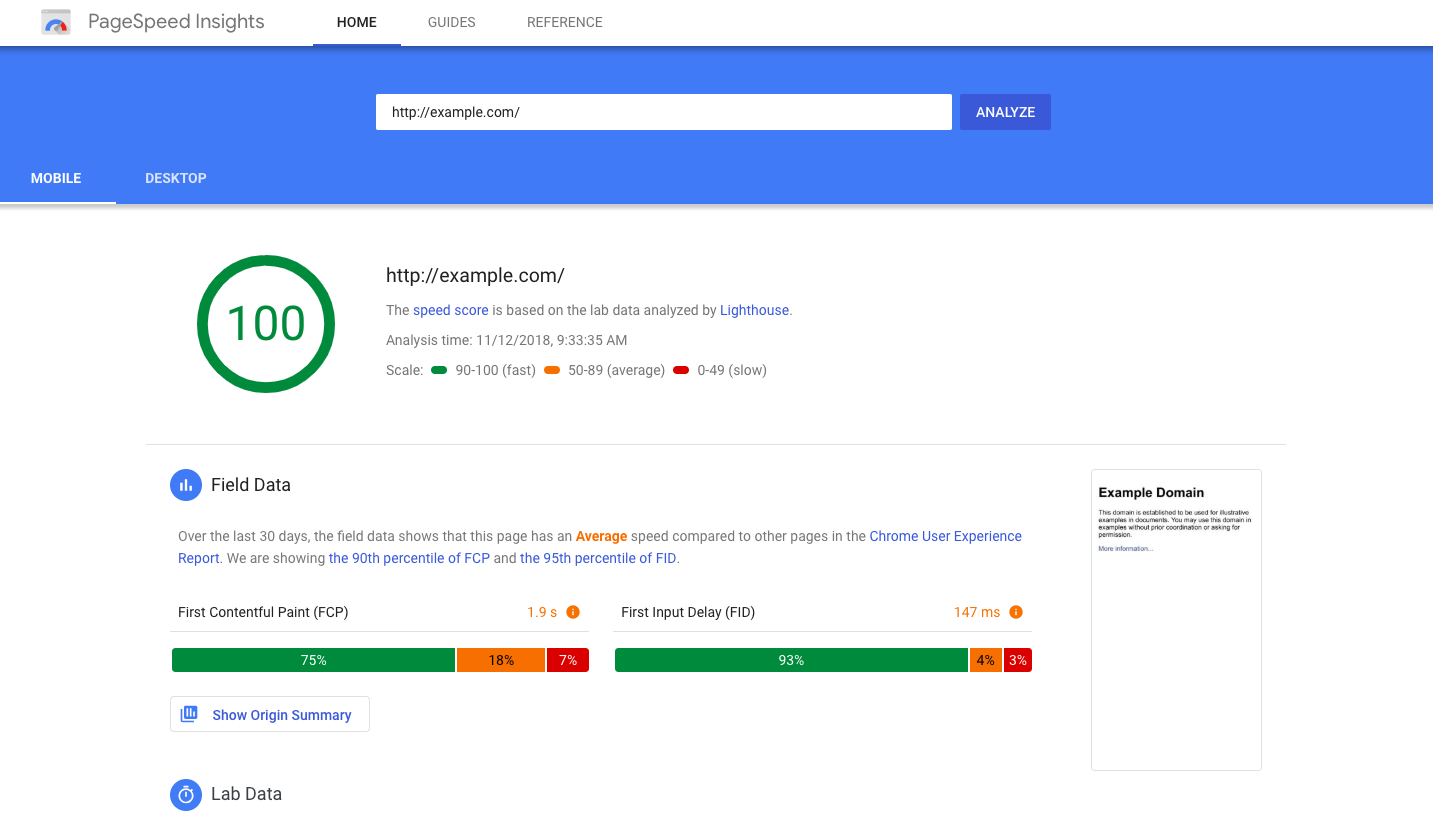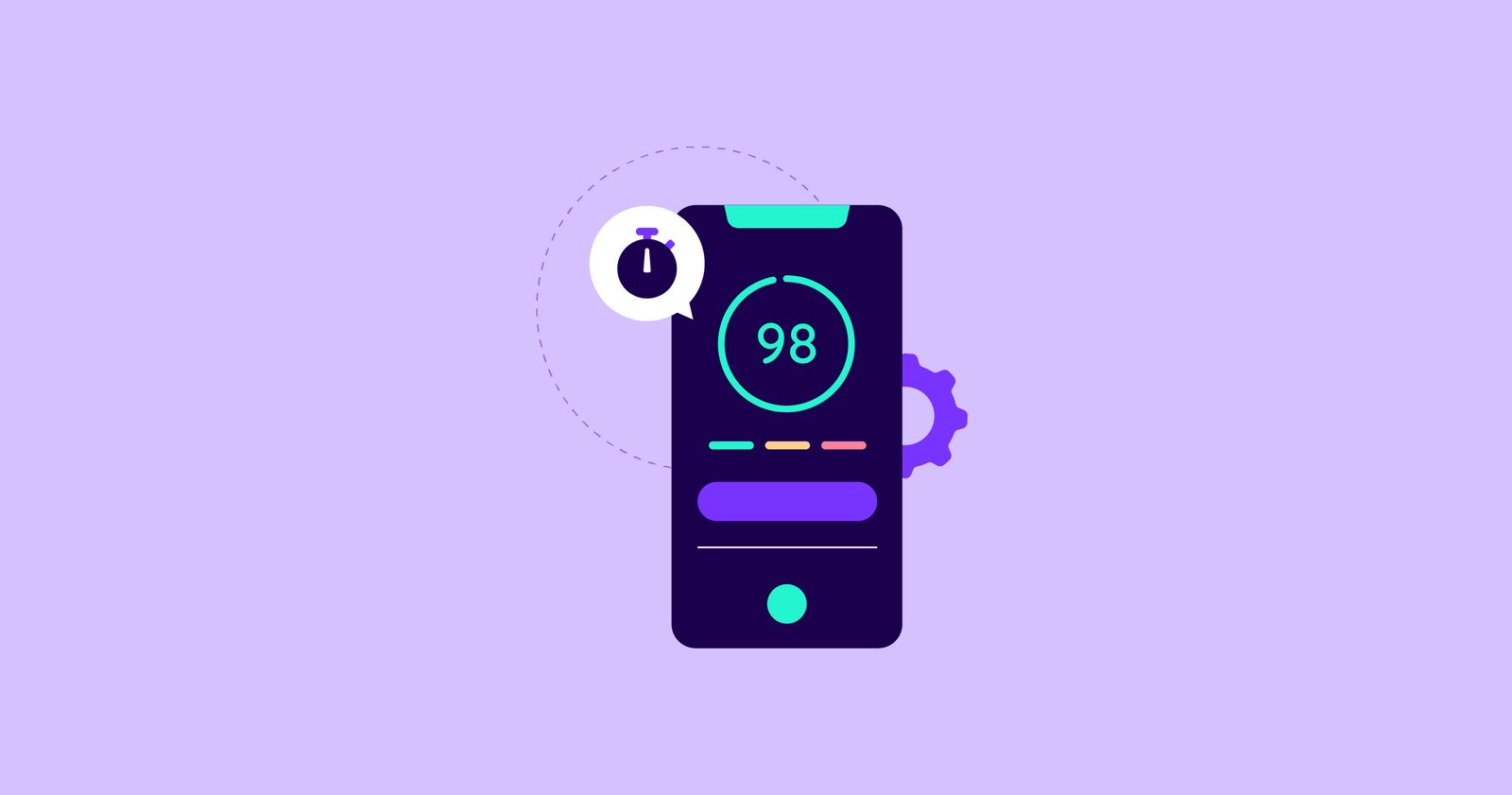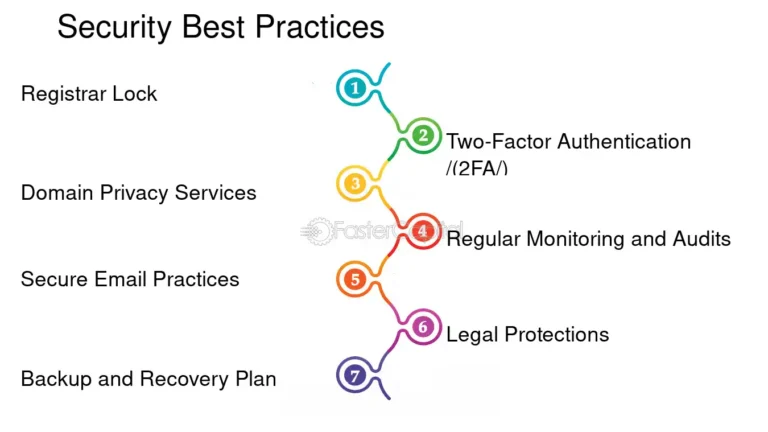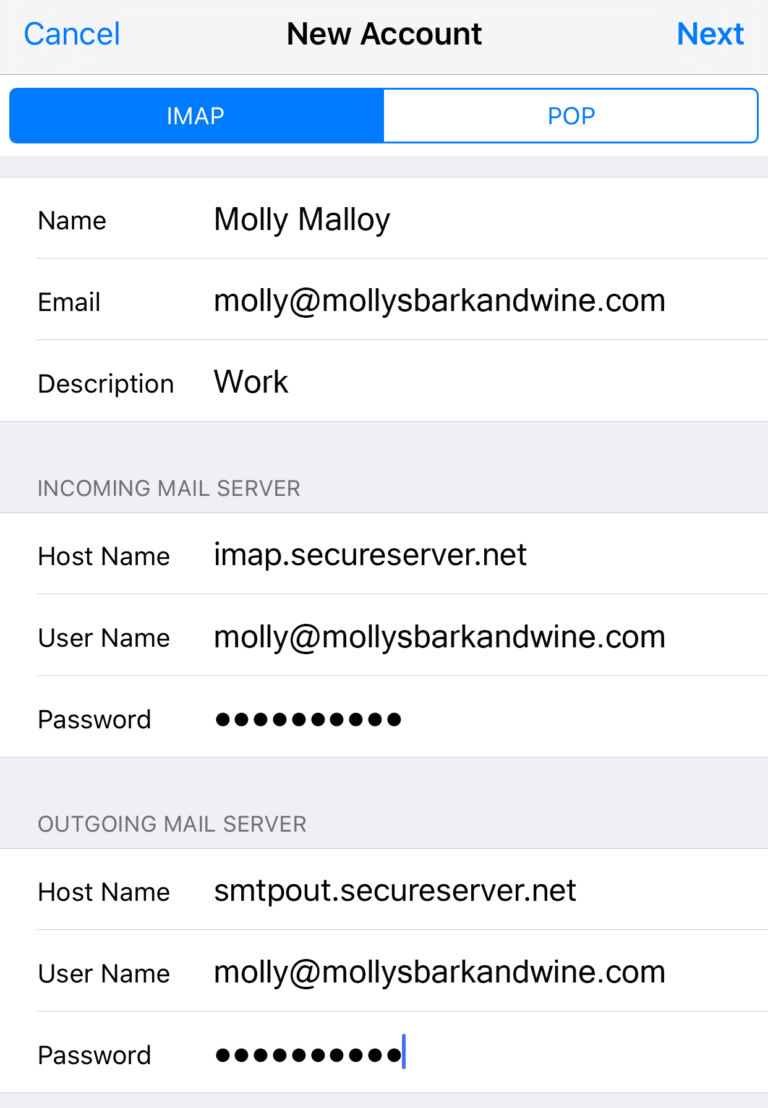Best for Website Performance Optimization: Boost Your Site Speed Today!
Welcome! Today we will talk about website performance optimization. Have you ever waited for a slow website to load? It’s not fun, right? A slow website can make users leave. We don’t want that. Let’s learn how to make websites faster.

Credit: developers.google.com
Why is Website Performance Important?
Website performance matters a lot. A fast website keeps users happy. It can also help your website rank higher on search engines like Google. Faster websites can lead to more visitors. More visitors mean more success for your website.
How to Check Website Performance
First, we need to know how fast a website is. There are tools that can help. Here are some:
- Google PageSpeed Insights: This tool is very popular. It gives a score to your website. It also suggests how to improve.
- GTmetrix: This tool provides detailed reports. You can see what is slowing down your website.
- Pingdom: Another great tool. It shows how fast your website loads. It also gives tips for improvement.

Credit: www.quattr.com
Best Practices for Website Performance Optimization
Now, let’s learn some tips to make your website faster.
1. Optimize Images
Images can make your website slow. Large images take longer to load. Here’s what you can do:
- Resize images: Make sure images are not bigger than needed.
- Compress images: Use tools like TinyPNG or JPEG-Optimizer. These tools reduce image size without losing quality.
- Use the right format: Use JPEG for photos. Use PNG for graphics with fewer colors.
2. Use A Content Delivery Network (cdn)
A CDN is a network of servers. These servers are spread around the world. They store copies of your website. When a user visits, the server closest to them delivers the content. This makes your website load faster. Some popular CDN services are Cloudflare and Akamai.
3. Minimize Http Requests
Every time a user visits your website, their browser makes requests. These requests are for images, scripts, and stylesheets. The more requests, the slower your website. Here’s how to reduce them:
- Combine files: Combine CSS and JavaScript files into one.
- Use CSS sprites: Combine small images into one big image.
- Remove unnecessary files: Delete files you don’t need.
4. Enable Browser Caching
Browser caching stores parts of your website on users’ devices. When they visit again, the browser loads the stored parts. This makes the website load faster. You can enable browser caching by adding some code to your server.
5. Minify Css, Javascript, And Html
Minifying means removing unnecessary characters from code. This includes spaces, commas, and comments. Minified code is smaller. Smaller code means faster loading. You can use tools like UglifyJS for JavaScript and CSSNano for CSS.
6. Reduce Server Response Time
Server response time is how long it takes for your server to respond. A slow server can make your website slow. Here’s how to improve it:
- Use a good hosting provider: Choose a provider with fast servers.
- Optimize your database: Clean up and organize your database.
- Use a fast DNS provider: DNS translates domain names to IP addresses. A fast provider can speed up this process.
7. Use Asynchronous Loading For Css And Javascript
Asynchronous loading means loading files at the same time. This can make your website load faster. You can use the async attribute for JavaScript files. For CSS, you can use the media attribute.
8. Optimize Web Fonts
Web fonts can slow down your website. Here’s how to optimize them:
- Use fewer fonts: Limit the number of fonts you use.
- Choose efficient fonts: Some fonts load faster than others.
- Use font-display: This CSS property helps fonts load faster.
9. Enable Gzip Compression
Gzip compression reduces the size of files sent from your server. Smaller files load faster. You can enable Gzip compression by adding some code to your server.
10. Lazy Load Images And Videos
Lazy loading means loading images and videos only when needed. This can make your website load faster. You can use JavaScript libraries like LazyLoad to do this.
Frequently Asked Questions
How Can I Improve Website Load Speed?
You can improve website load speed by optimizing images, using a content delivery network (CDN), and minifying CSS and JavaScript files.
What Tools Help With Website Performance Optimization?
Tools like Google PageSpeed Insights, GTmetrix, and Pingdom can help analyze and improve website performance.
Why Is Website Performance Important?
Website performance is crucial for user experience, SEO rankings, and conversion rates. Faster websites keep users engaged and satisfied.
Conclusion
Website performance optimization is very important. A fast website keeps users happy. It can also help your website rank higher. Use the tips we discussed to make your website faster. Check your website’s performance regularly. Keep learning and improving. Your users will thank you!






